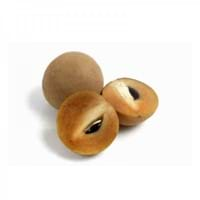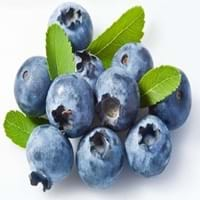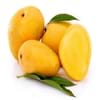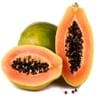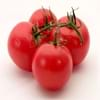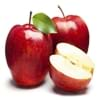Health Benefits
Anti-inflammatory properties, Arthritis treatment, Regulates Blood Sugar, Unknown
Cancer prevention, Cures gastro-intestinal troubles, Improves night vision, Improves stomach health, Prevents diabetes, Prevents high blood pressure, Reduces blood circulation problems
General Benefits
Boosts immune system, Controls blood sugar levels, Digestive aid
Fights against infections, Helps in weight loss, Prevents blood clotting in vessels, Treatment of urinary tract infections
Skin Benefits
Nourishes skin, Protects skin from oxidative stress
Anti-aging benefits, Nourishes skin, Protects against skin damage
Hair Benefits
Prevents hair loss, Promotes longer and healthier hair, Regulates hair growth
Prevents hair loss
Allergy Symptoms
Asthma, Red rash, Swelling of mouth, tongue or lips
Not Available
Side Effects
Diarrhoea, Vomiting
Decrease in blood sugar levels, Diarrhoea, Dizziness, Headache, Internal bleeding, Stomach pain
Best Time to Eat
As a snack in the late afternoon
As a snack in the late afternoon, Don't consume at night and before bed, Eat the fresh ones, avoid mixing with any other foods, don't eat after meal., Morning time (before lunch)
Vitamin B5 (Pantothenic Acid)
Vitamin C (Ascorbic Acid)
Vitamin E (Tocopherole)
Not Available
Vitamin K (Phyllochinone)
Not Available
Lutein+Zeaxanthin
Not Available
Calories in Fresh Fruit with Peel
Calories in Fresh Fruit without Peel
Not Available
Not Available
Calories in Frozen Form
Not Available
Calories in Dried Form
Not Available
Calories in Canned Form
Not Available
Calories in Juice
Not Available
Calories in Jam
Not Available
Calories in Pie
Not Available
Varieties
Bush Table Queen, Heirloom Table Queen, Festival Hybrid, Early Acorn Hybrid, Table Ace, Ebony and Cream of the Crop
Dwarf bilberry, Piper, bog blueberry, Northern bilberry, Mountain bilberry and Oval-leaved bilberry
Seedless Variety
Not Available
No
Color
Dark green, Green-yellow, Orange green
Dark purple
Inside Color
Not Available
Light Green
Origin
Central America, North America, Unknown
Unknown
Soil Type
Well-drained
Moist, Well-aerated
Climatic Conditions
Cold, Sunny
Cold
Facts about
- It was named as Acorn Squash for its resemblance to a large ribbed acorn.
- It is said that squash was being grown in Mexico as long as 10,000 years ago.
- It was the first food cultivated by native American Indians.
- Bilberries are used in manufacturing of alcoholic drinks.
- They are used to improve aromas of sorbets.
- The green extract of it's leaves is used in textile industry as natural dye.
Spirits
Not Available
Yes
Cocktails
Not Available
Yes
Other Countries
Egypt, India, Iran, Italy, Mexico, Russia, Turkey, Ukraine, United States of America
Denmark, Finland, Iceland, Sweden
Top Importer
UAE
United States of America
Botanical Name
Cucurbita Pepo
Vaccinium myrtillus
Synonym
Winter Squash
blaeberry, whinberry, European blueberry, whortleberry
Subkingdom
Tracheobionta
Tracheobionta
Division
Magnoliophyta
Magnoliophyta
Class
Magnoliopsida
Magnoliopsida
Subclass
Dillenhidae
Dillenhidae
Order
Cucurbitales
Ericales
Family
Cucurbitaceae
Ericaceae
Genus
Cucurbita
Vaccinium
Species
Pepo
Vaccinium myrtillus
Generic Group
Not Available
Heath
Compare Sapota and Bilberry
It is important compare Sapota and Bilberry as both the fruits have a different nutritional value. Their comparison can be done on the basis of their vitamin and mineral content, calories, benefits as well as characteristics, making it easier for us to choose the best fruit for our diet. Their general health benefits are as follows:
Sapota Benefits: boosts immune system, controls blood sugar levels and digestive aid.
Bilberry Benefits: fights against infections, helps in weight loss, prevents blood clotting in vessels and treatment of urinary tract infections.
Fruits are also used as a remedy for various hair problems. The hair benefits of Sapota are: prevents hair loss, promotes longer and healthier hair and regulates hair growth and hair benefits of Bilberry are: prevents hair loss. Some fruits are known to cause allergic reactions. The allergy symptoms of first fruit are: asthma, red rash and swelling of mouth, tongue or lips and the symptoms of second fruit are: not available. Get sorted Sapota vs Bilberry comparison with the help of fruit comparison tool by fruitvs.com.
